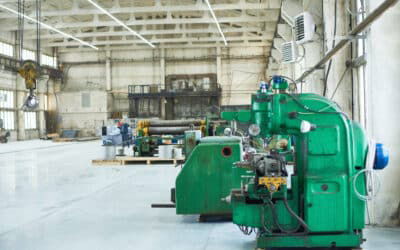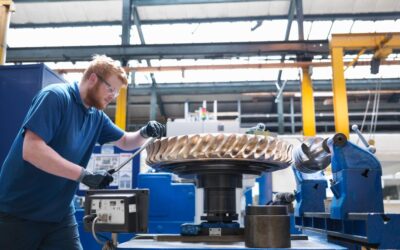Will Lean Manufacturing have an impact beyond the shop floor?
In 1913, when Henry Ford was setting up a highly productive organisation based on flow, we were not yet talking about Lean Manufacturing, Lean Office or even Lean. Today, we can safely say that he was the first to use these concepts.
The real birth of Lean actually took place in a workshop, just before the Second World War in 1937. You won’t be surprised to read that Toyota in Japan is the cradle of Lean Management. They based their methods on reducing the loss of added value.
After the conflict, when supplies of raw materials and spare parts were difficult to come by, they created the Jidoka system to identify faults as far upstream as possible and avoid having to repair them.
In the 1950s, the Toyota factory was inspired by American models to increase their productivity, so they developed just-in-time production and all the tools that make it possible.
In 1990, the word ‘LEAN’ was born. Members of MIT formalised these principles in a book entitled ‘The Machine That Changes the World’. It was a global success and brought the Lean culture to the attention of industry worldwide.
The rise of Lean in recent years
With globalisation and the resulting increase in competition since the end of the 90s, many companies have chosen to focus their strategy on improving productivity. The need for performance is accelerating. While this is good for the consumer, with a growing range of products and lower prices, it is also the end of the road for those who are unable to adapt.
Nowadays, the Lean management philosophy is ‘accepted’. It is part of good practice, and all manufacturers use certain principles. Perhaps they don’t call it that, but performance is so closely linked to it that when they work on an improvement, they unknowingly call on elements of Lean.
Large groups are very keen on Lean Management, because they see it as the best way of producing better and faster. It’s true, and they unite their employees around it. These days, 5S, Kaizen and other visual projects are often used as internal communication tools. It’s a good way of getting your teams involved in the continuous improvement process. Making Lean the company’s philosophy by instilling it in its employees is a good way of going further. But what level do we need to reach tomorrow?
Digital Lean, the open door to progress
Today, Lean management has not changed its principles. It hasn’t changed its objective, but while those involved have been deploying it for several years, their method is beginning to run out of steam. Anyone can find themselves in this situation. Productivity has soared, quality has improved, and now that everything is in place… there’s no room for improvement…
The first principle of Lean is ‘improvement is infinite’. But what direction should we take to continue increasing added value?
Au 21e New technologies are here to help us. And if your workshop is equipped with all the tools for flawless performance, can you say the same about your administration? And if all your departments enjoy outstanding performance thanks to Lean Management, can you say the same about communication between departments?
These are tomorrow’s areas for improvement, using new technologies to win on all fronts.
Your Lean Management indicators on the shop floor are reliable, but who’s updating them? Your team leaders are using their precious time to write daily, weekly or monthly reports with the aim of reporting results. And are the figures accurate? Today, thanks to new technology tools, you can facilitate measurement and reporting. You can save your managers hours a week, giving them the opportunity to find new ways of improving.
Think Lean Office
Lean Office is the adaptation of Lean principles to all departments other than production. We talk about offices as opposed to workshops. There is a lot of room for improvement here, whether in communication, information systems or accounting. We’re going to talk about the latter:
Lean Accounting is also the perfect example of how to improve support services. It is to accounting what Lean Manufacturing is to production. Although little known and much less widely used than its big brother, Lean Accounting has proved its worth in many companies. By applying various principles, such as organising costs by value chain, changing the way in which stocks are valued and modifying budget reports, it helps to improve a company’s financial performance. Who said that Lean only happened on the shop floor?
So Lean improvement isn’t over yet, and there are still plenty of opportunities open to you. Only a few examples have been cited, but new technologies and the Lean Office still offer us plenty of ways to shine. Now there’s no reason to be in any doubt: the improvement is still not over…





0 Comments